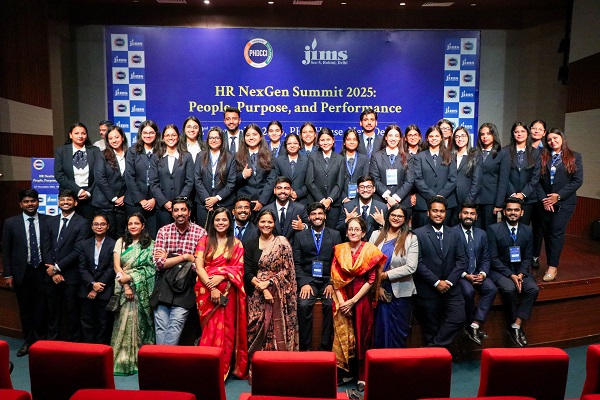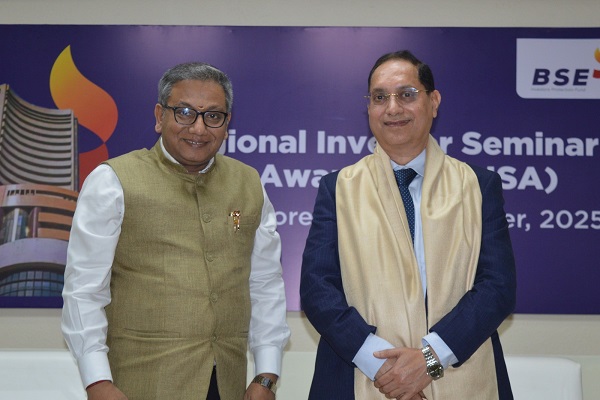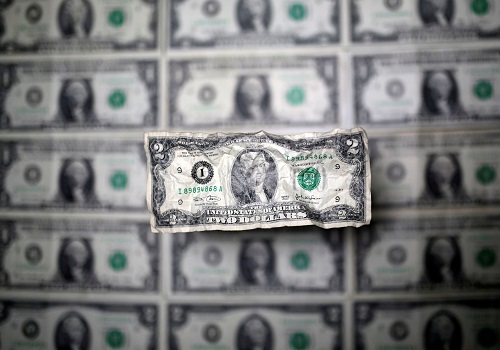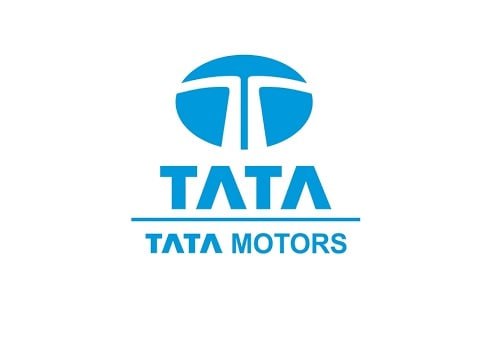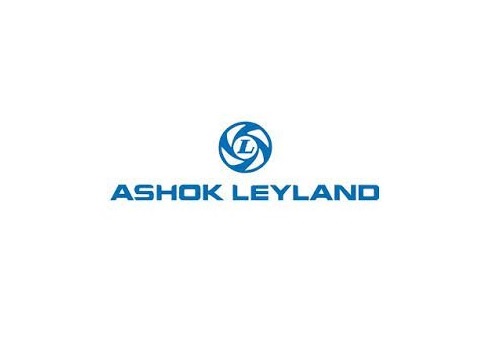Automobile Sector Update : EV policy overhaul ahead - Kotak Institutional Equities Ltd
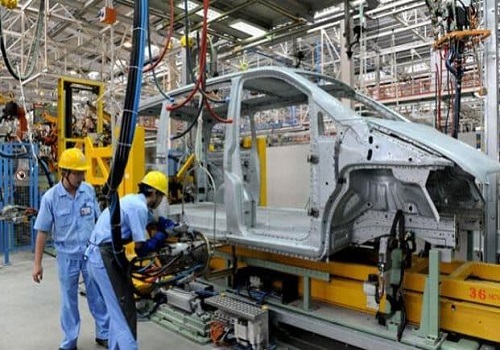
According to various news articles, the government is expected to come up with a revised EV policy to encourage global OEM participation, given no takers for the existing policy. While we await the fine print of the revised policy, we believe that there will be limited impact on the existing listed OEMs’ sales if the government keeps the floor for imported cars at US$35k. However, if the government removes the restriction on the floor price, the EV PV segment can witness increased competitive intensity. Affordable Tesla Model 2 (potential launch in CY2025E) can disrupt the domestic EV market and accelerate EV adoption.
Scheme to manufacture electric PVs in India has not found any takers
In March 2024, the Indian government had approved a scheme to promote India as a manufacturing destination for electric vehicles. The policy was aimed at attracting investments in the EV space from global marquee players. Based on the policy, a company could import CBU electric vehicles with a customs duty of 15% (versus current 100%) for a CIF value of >US$35k. In order to be eligible for the policy, the company must make an investment of >Rs41.5 bn and should commence manufacturing of EVs within three years. In addition, the companies must achieve a mandatory domestic value addition (DVA) requirement of 25%/50% in 3/5 years. However, the scheme has not found takers despite interest shown by multiple OEMs such as Tesla, Toyota and Hyundai Motors
Government to reintroduce EV policy to encourage global OEMs participation
The policy has seen no participation from global OEMs, possibly due to concerns about investment requirements for dedicated EV facilities. As a result, the government is expected to come up with a new EV policy, which may allow global OEMs to evaluate demand for EVs before investing in manufacturing facilities. As per various new articles, the revised policy will take into account investments in EV assembly lines (within existing factory premises), R&D and charging infrastructure, which will assist global automakers. Further, the period to apply for the scheme might be 120 days so that an EV maker can test the market in the initial period and then can apply for manufacturing incentives.
New policy may have implications for existing OEMs in the medium term
While we wait for the fine print of the new EV policy, we believe the policy may have implications for existing OEMs in the medium term. While we have discussed multiple scenarios, we believe scenario-3 (allowing Chinese OEMs) will have significant negative implications for the entire PV sector. However, scenario-1 (floor on CIF value at US$35k) will have no significant impact on the listed OEMs, given that the majority of their models are significantly priced below that threshold, and we believe the consumer set will be different. In scenario-2 (no floor on CIF value), there can be risk from Tesla’s potential foray into the mass market EV (Model 2) in CY2025E, with an expected price range of US$25k. At this price point, we believe the product will create strong customer pull, given the company’s brand equity and prowess in battery technology and software. This can have negative implications for M&M and Hyundai Motors, given they derive decent volumes from vehicles priced at an ex-showroom price above Rs1.5 mn.
Above views are of the author and not of the website kindly read disclaimer
